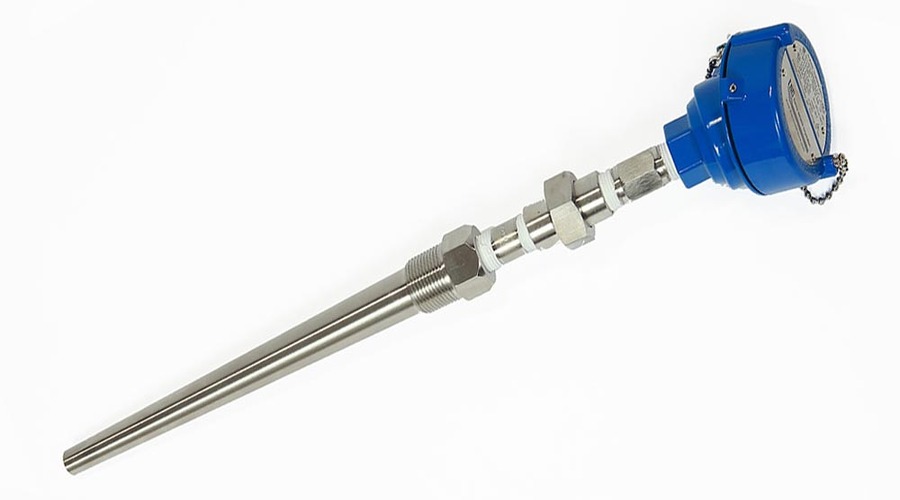
RTD vs Thermocouple A Comprehensive Guide for Engineers
More accurate; Greater repeatability; Better sensitivity and linearity; and. More robust signal less prone to EMI problems (although can still benefit from a transmitter). Other RTD attributes don't compare as well against thermocouples: Narrower measuring range, particularly at the high end; More expensive;

RTD vs Thermocouple Difference and Comparison
We specialise in the manufacture of thermocouples and RTD Pt100 sensors designed to meet your specific application needs. From surface RTDs or robust mineral insulated thermocouple probes to high temperature ceramic sheathed sensors, our engineers are available on 01895 252222 or via the Live Chat to assist you with design advice.

Lecture 14 Comparison between RTD, Thermistor & Thermocouple RTD Thermistor Thermocouple
Blog Industrial Sensors RTD vs. Thermocouple: Which is Better for Your Needs? Learn their basic characteristics, materials used, accuracy, and sensitivity. How do we measure temperature? Temperature is an essential measurement for effectively monitoring and controlling various industrial applications.
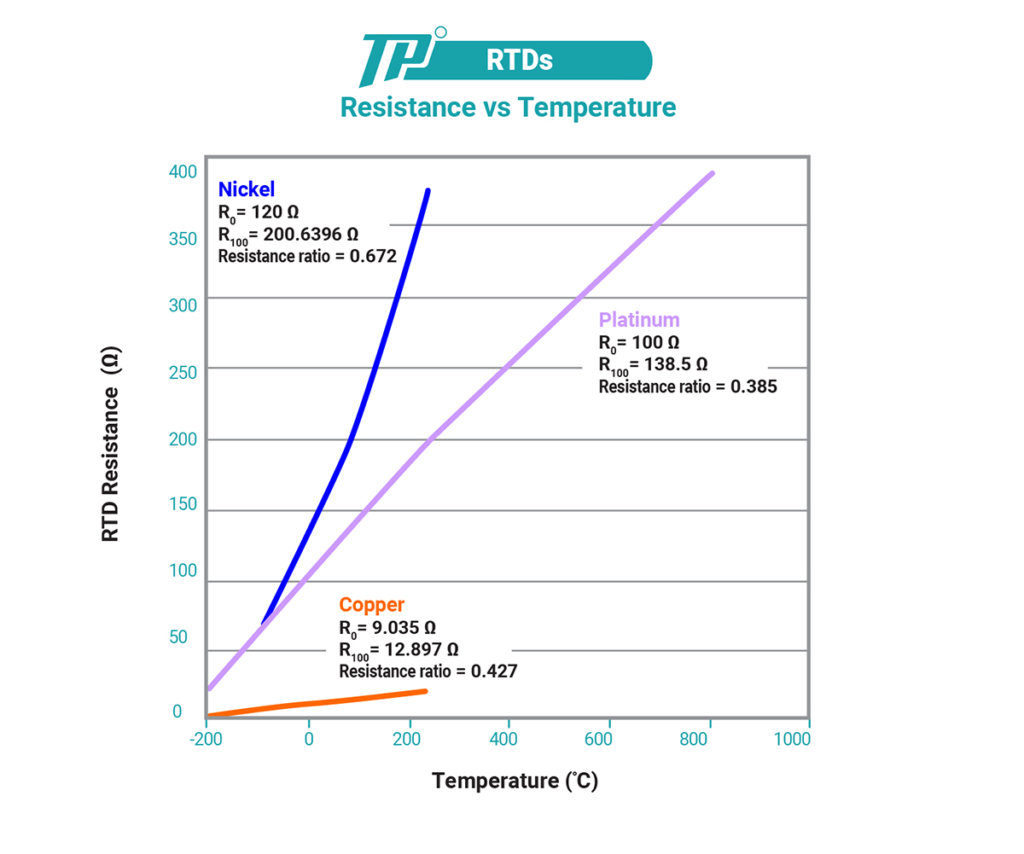
RTD vs Thermocouple Temperature Sensors • TempPro
RTD vs. thermocouple vs. thermistor in temperature sensors December 29, 2016 By Janet Heath Temperature doesn't change very quickly, and temperature sensors match that characteristic. Environmental temperature changes are generally slow, on the order of less than 0.1 sec/°C.

Basic differences between RTD & Thermocouple Temperature basics YouTube
Resistance Temperature Detectors (RTDs) are temperature sensors that vary electrical resistance in response to temperature variations. This page gives a comprehensive introduction of RTDs, including their operation, kinds, uses, benefits, and limits.
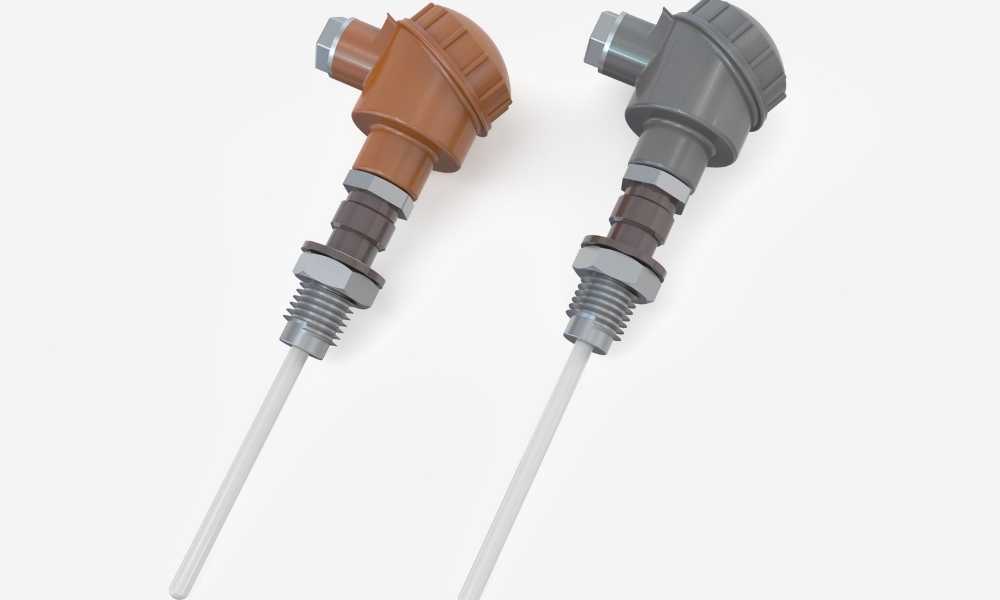
RTD vs Thermocouple Which one is Better TechSAA
RTDs vs. Thermocouples — Sensor Comparison at a Glance Download Application Note. RTDs.. RTD: Thermocouple: Accuracy: More Accurate: Less Accurate: Temperature Range-200 to 600°C-200 - 2000°C: Initial Cost: More Expensive: Less Expensive: Sensitivity: Many Available Lengths: Point Sensing Only:

Improving Temperature Sensor Accuracy for Thermocouples and RTDs with DeltaSigma Converters
Resistance thermometers (RTDs) and thermocouples are the two most common types of electronic temperature sensors used in industrial processes. The choice of which one to use depends on a variety of factors. First let's take a look at what RTDs and thermocouples are, and how they differ from one another. What is an RTD, and how does it work?

RTD vs Thermocouple Which One is Right for You? YouTube
When to Use an RTD vs. a Thermocouple Temperature Sensor RTD | thermocouple | Oil & Gas Temperature sensors are key components in helping to ensure a safe and reliable application. RTDs and thermocouples both provide accurate and repeatable temperature measurements for your process.

Tech Tip RTD vs Thermocouple Temperature Sensors YouTube
The major difference between RTD and thermocouple lies in their principle of operation. An RTD uses a single metal whose variation in resistance predicts the variation in temperature.

RTD Vs Thermocouple YouTube
RTD vs Thermocouple Because the terms encompass entire ranges of temperature sensors tailored for use under a range of conditions, it is impossible to conclude whether RTDs or thermocouples are the superior option as a whole.
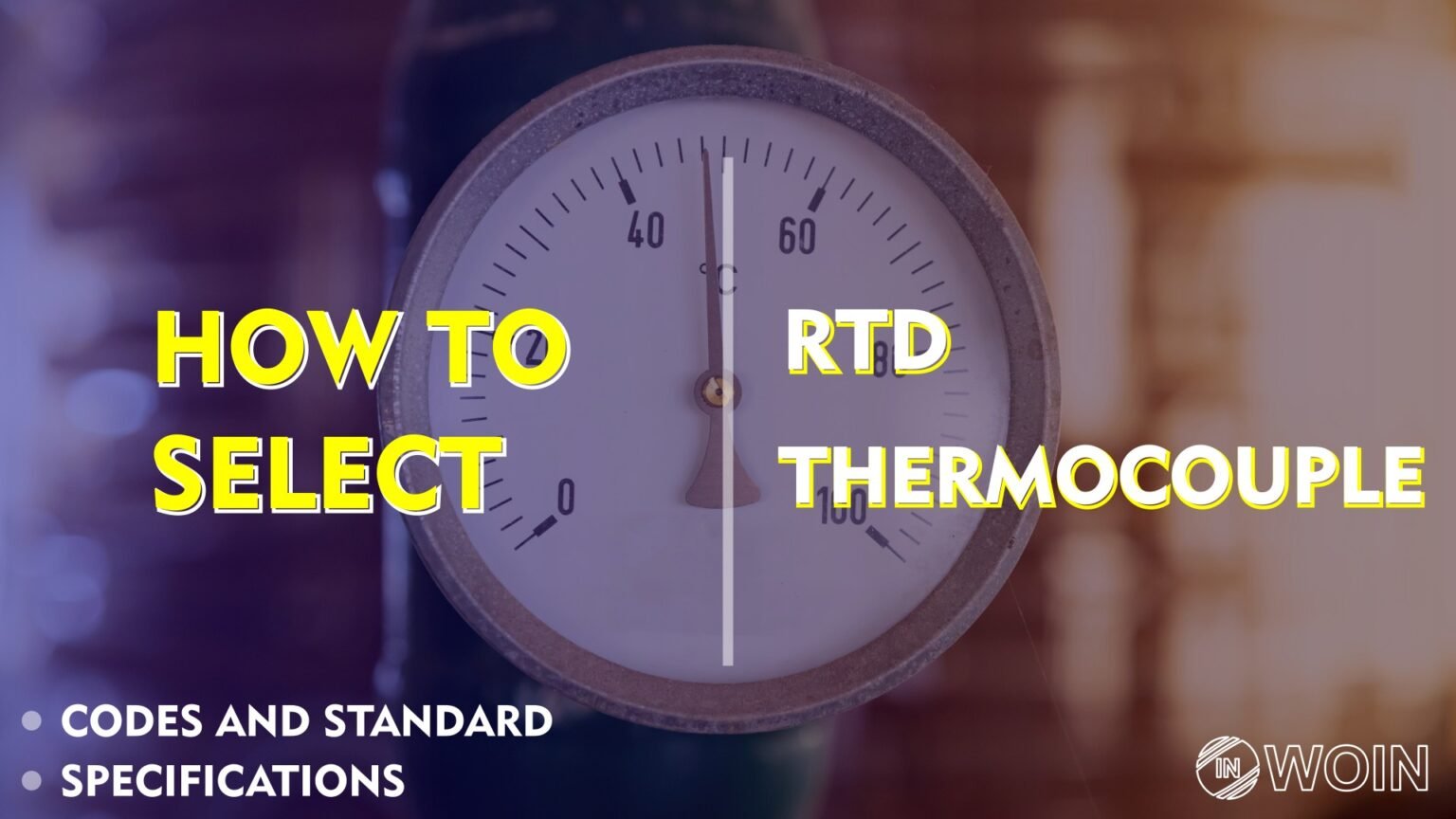
Thermocouple vs RTD A Complete Selection Guide WOIN
RTD probes typically provide a far higher level of accuracy than thermocouple probes, and thus are a good choice when accuracy is the top priority in a logging application. However, RTD probes tend to be more delicate and easily damaged than thermocouples. In addition, thermocouple probes tend to be less expensive than RTDs.

RTD Vs Thermocouple sensor in Hindi YouTube
Accuracy RTDs are generally more accurate than thermocouples. RTDs have typically an accuracy of 0.1 oC, compared to 1 oC for most thermocouples. However, some thermocouple models can match RTD accuracy. The many factors that can affect sensor accuracy include linearity, repeatability, or stability.
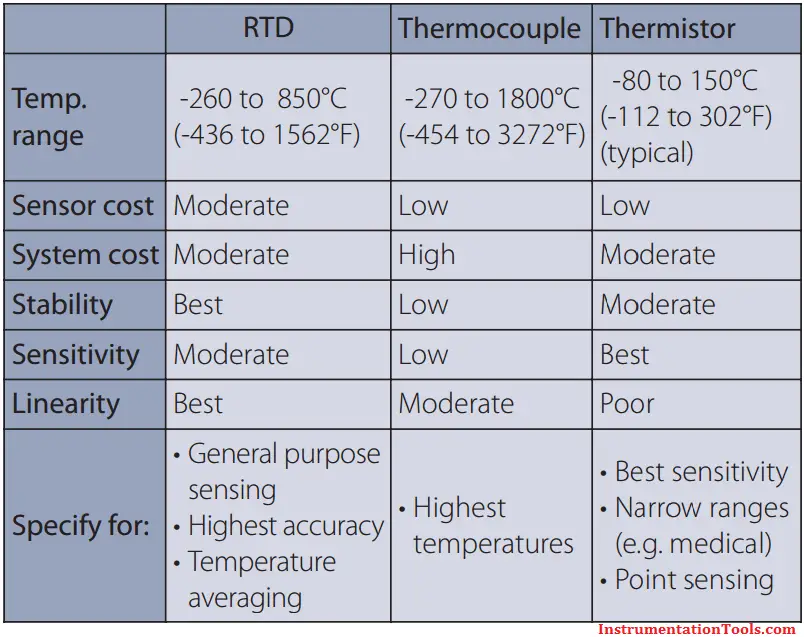
Difference Between RTD, Thermocouple and Thermistor Inst Tools
Size: A standard RTD sheath is 3.175 to 6.35 mm in diameter; sheath diameters for thermocouples can be less than 1.6 mm. Accuracy and stability requirements: RTDs are capable of higher accuracy and can maintain stability for many years, while thermocouples can drift in shorter periods.
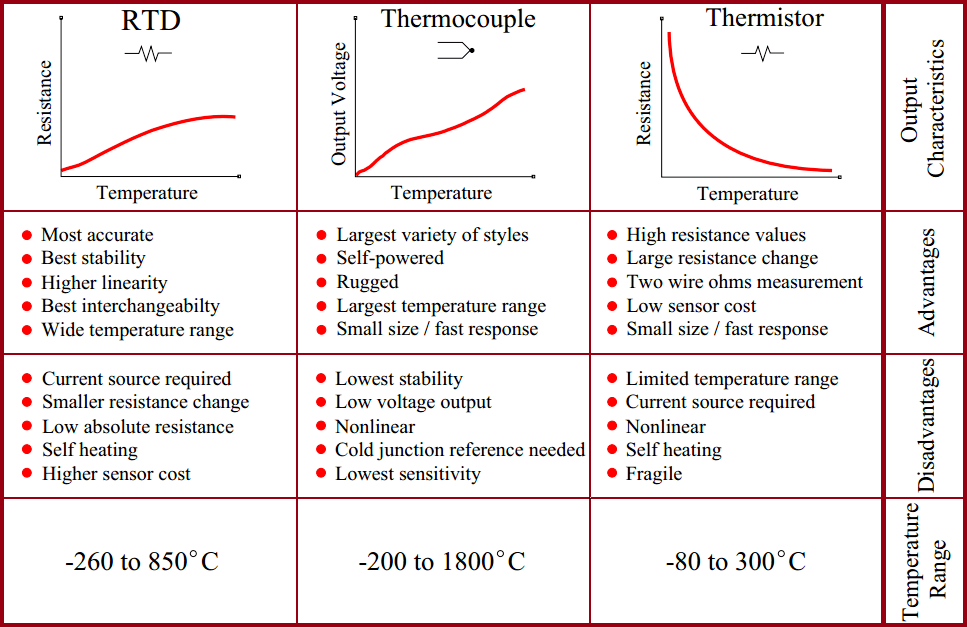
Thermocouple Questions and Answers Temperature Measurement
Engineer's best friend for learning: https://realpars.com===== You can read the full post here:https://realpars.com/RTD-vs-Thermoco.
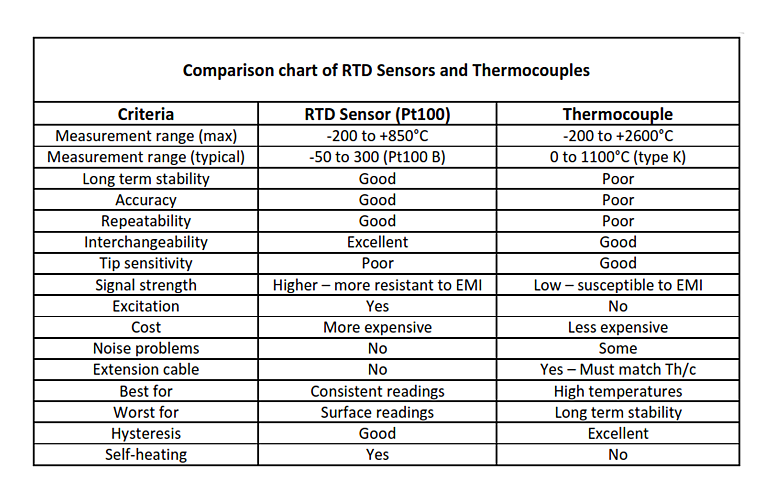
RTD vs Thermocouple (Pt100 vs Thermocouple)
5 How to select Thermocouple or RTD for Temperature Measurement Application. 5.1 Step 1: Temperature Range. 5.2 Step 2: Response Rate. 5.3 Step 3: Accuracy and Repeatability. 5.4 Step 4: Linearity and Stability. 5.5 Step 5: Cost. 6 EndNote: -. Thermocouples and RTD are the most common temperature sensors and in this post, I will show a.

Rtd vs Thermocouple When To Use Each One? What To Consider
Thermocouple vs. RTD. First, consider the difference in temperature ranges. Noble Metal Thermocouples can reach 3,100 F, while standard RTDs have a limit of 600 F and extended range RTDs have a limit of 1,100 F. A plain stem thermocouple is 2 to 3 times less expensive than a plain stem RTD. A thermocouple head assembly is roughly 50% less.